This building was originally the Lion Hotel, built in 1881, with a large, red, stone lion on the roof. In 1904, the lion was placed at ground level, and the pub soon became known as The Red Lion, with its location dubbed Lion’s Corner.
Photographs and text about The Red Lion.
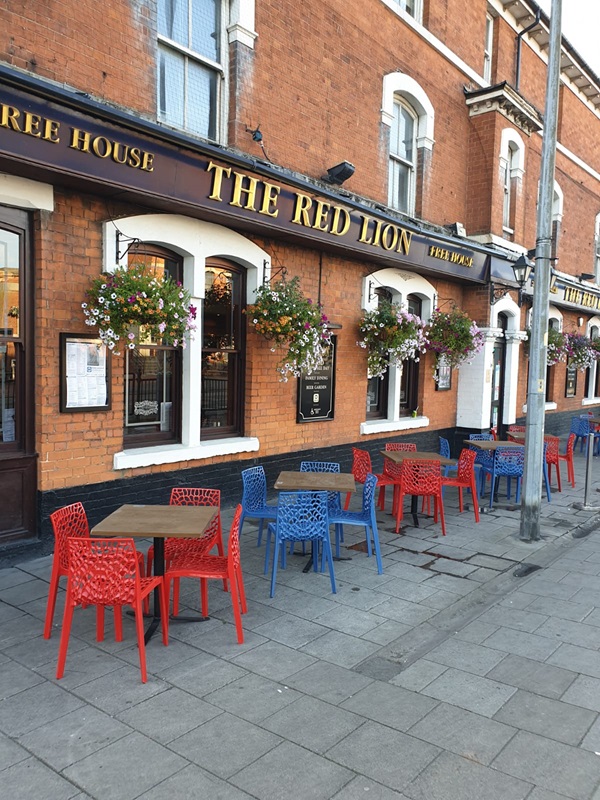
The test reads: Welcome to one of Skegness’ oldest beloved ale houses. The former Lion Hotel (now The Red Lion) has been restored and reopened by J D Wetherspoon.
The bright, bustling pub of today celebrates a history dating back to 1881. This was when it first opened under the ownership of building contractor-turned-landlord Samuel Clarke from Nottinghamshire.
His business venture became a thriving concern in the 19th century as Skegness grew in popularity as a holiday resort. Horse-drawn vehicles carrying guests pulled into stables at the rear of the hotel, while porters dashed to the station to greet others arriving by train.
A sandstone lion, carved by Richard Winn of Grimsby, was originally placed on top of the building over the corner entrance of this pub. The six hundredweight lion, from which the pub got its name, was brought to pavement-level for safety reasons in 1904.
Since then generations of children have sat astride the friendly beast on their way to the beach. Unfortunately the statue has since been removed, and the Lumley Road frontage of the lion was converted into shops in 1984.
Illustrations and text about the rector of Stiffkey.
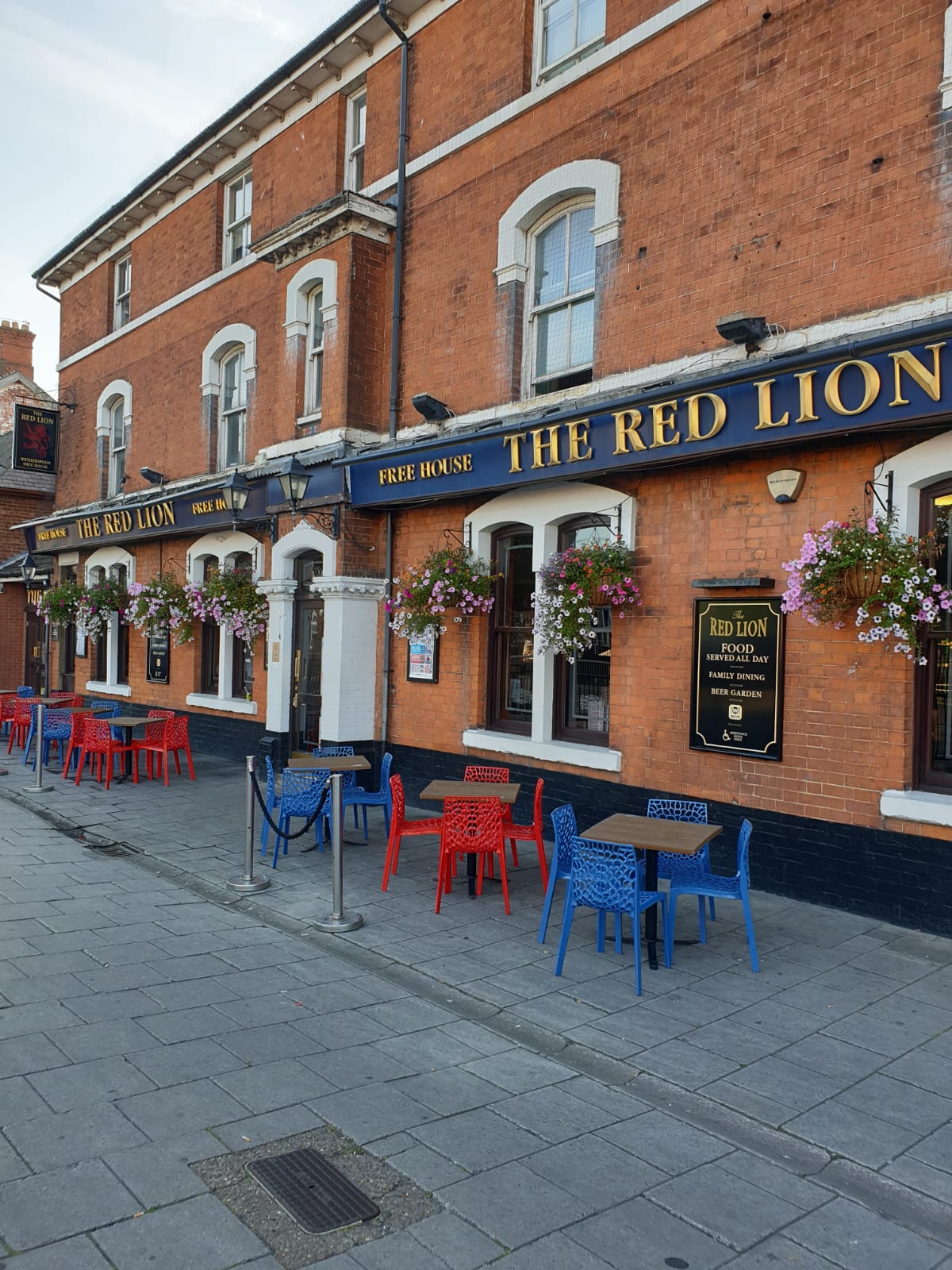
The text reads: If you were walking along Skegness seafront in 1937 you may well have seen a vicar from Norfolk in a cage with a lion!
Harold Davidson, ex-rector of Stiffkey, put on an unusual show at Rye’s Pavilion. He entered the cage two or three times a day, and paced around with two bemused-looking beasts.
Davidson felt himself to be the victim of rough justice. He had been do-frocked five years earlier because of his regular ‘missions’ to London’s Soho district to ‘rescue’ ladies of the night. Dubbed the “Prostitutes’ Padre” by the press, he had failed to impress a church court of his honourable intentions and been found guilty of immoral conduct.
The now ex-rector launched a personal crusade to prove his innocence. Bizarrely, this involved publicity stunts such as fasting in a barrel on Blackpool’s Golden Mile in 1936, and strolling around a lion’s cage in Skegness a year later.
Unfortunately, on July 28, the usually docile Freddie the Lion turned on the vicar and struck him a fatal blow. The rector died two days later in hospital, but not before uttering his last words: “Telephone the London papers”.
Top: The rector just two weeks before his finale
Above: Freddie at bay.
Illustrations and text about Captain Smith and Pocahontas.
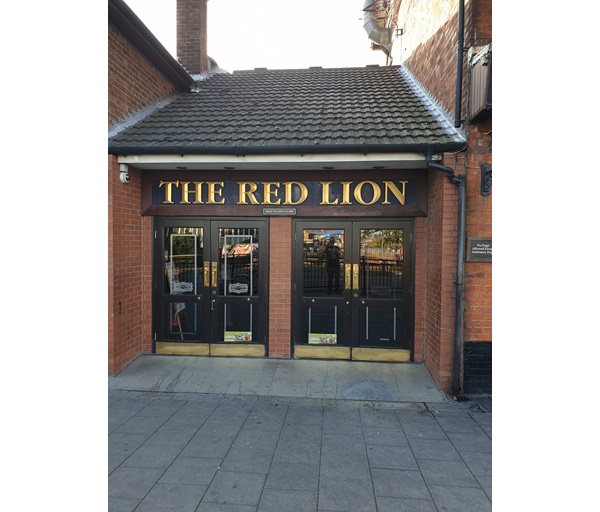
The text reads: Adventure could well have been the middle name of plain John Smith, born in Willoughby, north of Skegness, in 1579. He was educated at Alford and Louth and then apprenticed to a merchant in King’s Lynn.
At the age of 20, Smith became a soldier of fortune in Europe and pirate off the African coast. In 1606, he joined a small expedition of 150 men bound for North America. They landed in Virginia the following year and established the New World’s first English settlement, at Jamestown.
In 1607 Captain Smith was taken prisoner by Indians in Virginia. He was about to be killed when he was saved by Pocahontas, the chief of the tribe’s 12 year old daughter.
Her timely intervention allowed the two men time to go on and develop a mutual respect and understanding. This rapport with the Indians led the other colonists, to elect Smith as President of Virginia in 1608.
Smith went on to explore and map 3,000 miles of coastline in what he called ‘New England’ and publish sever works on the region. Pocahontas later married one of the colonists and was brought to England in 1616. At first she attracted considerable attention, but died neglected the following year.
Above: left, Captain John Smith, right, Pocahontas
Left & right: Pages from Smith’s account of the colonies in America.
A print and text about Sir John Franklin.
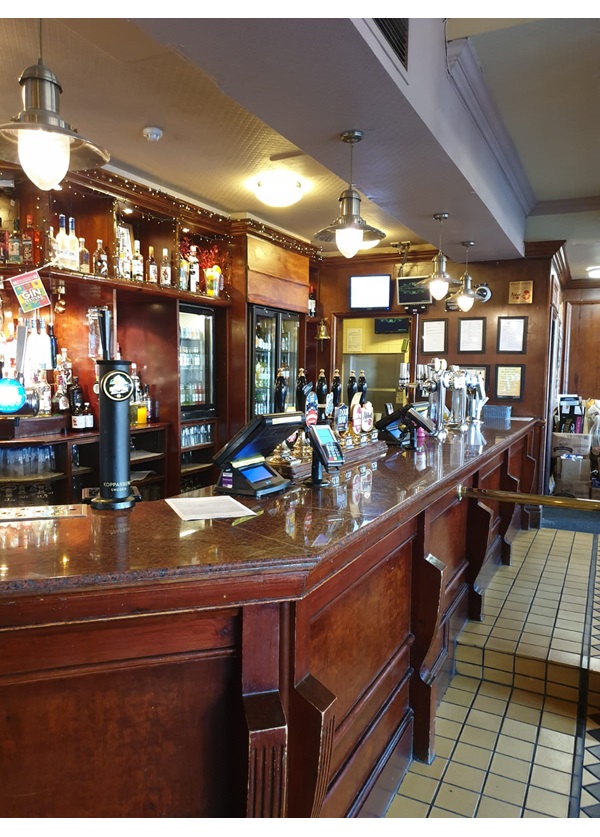
The text reads: Spilsby’s most famous son, Sir John Franklin, was dedicated to exploring the Artic. Born in this small market town near Skegness, in 1786, he perished on his final expedition to the icy extremes of the earth in 1847.
Every crew member on board the Erebus and Terror died with him on this doomed attempt to chart the elusive North-West passage. However, a team of rescuers sent afterwards found records which proved Franklin did in fact discover this important route before his death.
Franklin began his nautical adventures at the age of 14 when he joined the Royal Navy. Spending much of his time at sea, he joined an expedition to the North Pole led by Captain Buchan in 1818, but this failed to reach its destination of Spitzbergen.
Throughout the 1820s, he worked with another party of explorers charting and mapping unknown territory along 500 miles of Canadian Arctic coastline. A further expedition to the Pole was forced back by severe weather in 1826.
Illustrations and text about Joseph Banks.
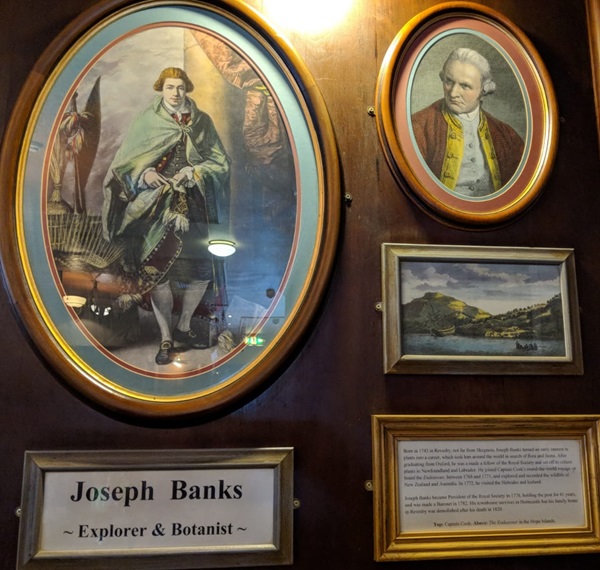
The text reads: Born in 1743 in Revesby, not far from Skegness, Joseph Hanks turned an early interest in plants into a career, which took him around the world in search of flora and fauna. After graduating from Oxford he was made a fellow of the Royal Society and set off his endless plants in Newfoundland and Labrador. He joined Captain Cook’s round-the-world voyage on board the Endeavour, between 1768 in 1771, and explored and recorded the wildlife of New Zealand and Australia. In 1772, he visited the Hebrides and Iceland.
Joseph Banks became president of the Royal Society in 1778, holding the post for 41 years, and was made a baronet in 1782. His townhouse survives in Horncastle but his family home in Revesby was demolished after his death in 1820.
Top: Captain Cook
Above: The Endeavour in the Hope Island.
A photograph of Lumley Road, Skegness, c1910.
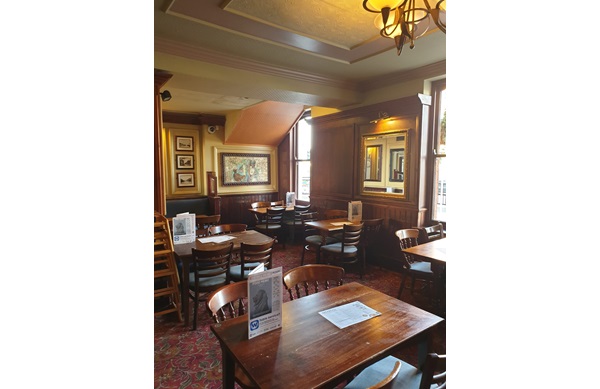
This large fireplace sculpture is a prominent feature in the pub.
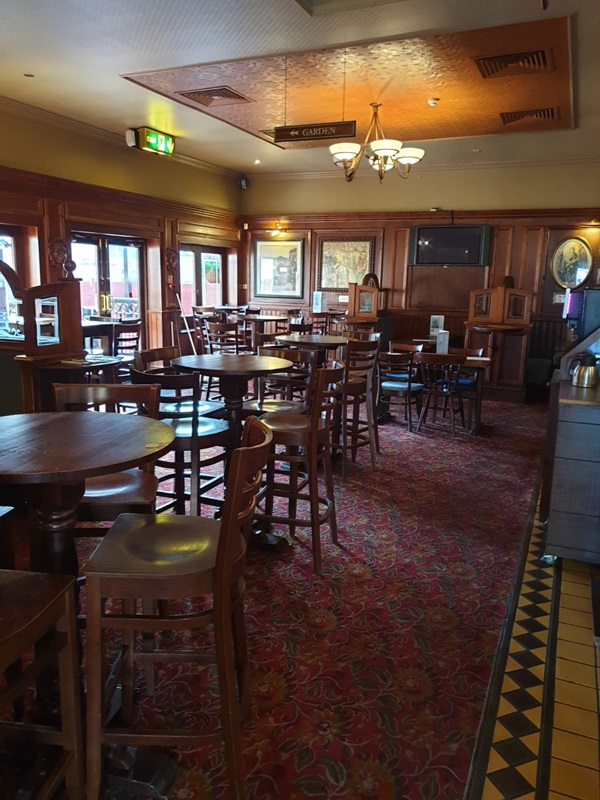
External photograph of the building – main entrance.
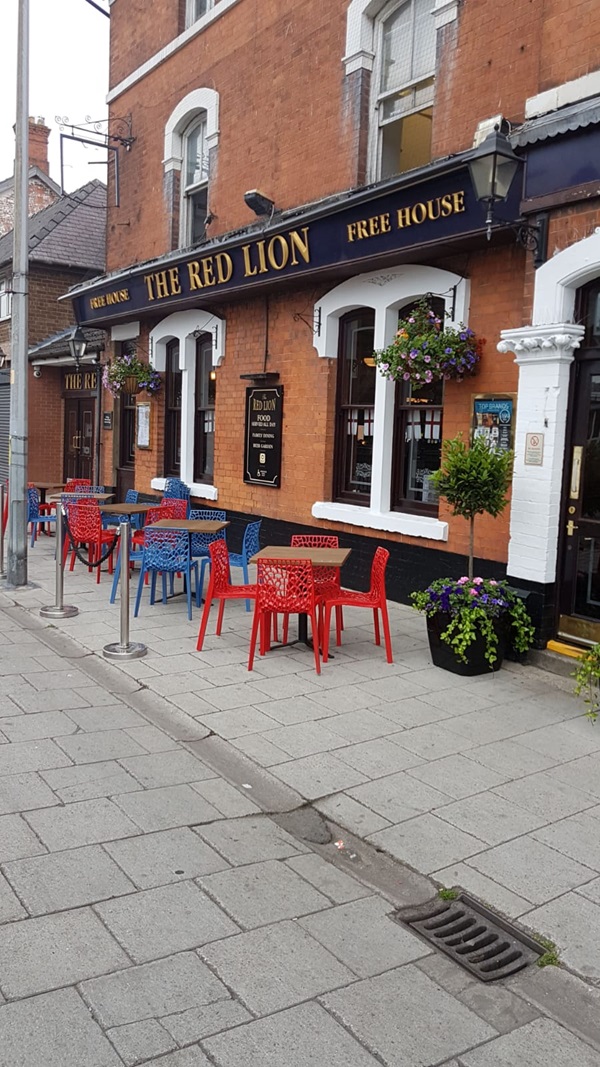
If you have information on the history of this pub, then we’d like you to share it with us. Please e-mail all information to: pubhistories@jdwetherspoon.co.uk